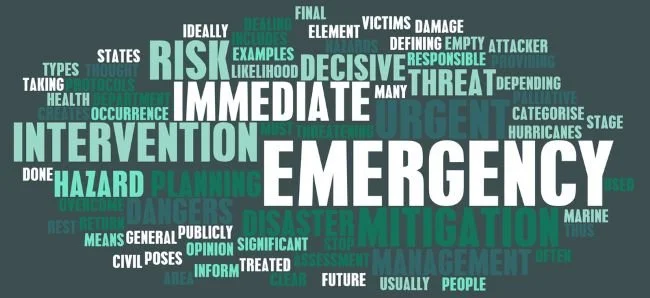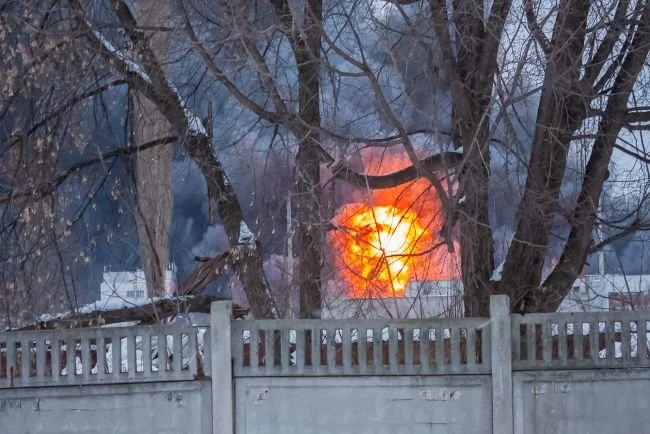Emergency response teams face a critical challenge: how to collect and share accurate environmental data quickly and across wide geographic areas. With today’s increasing risks—from chemical spills to CBRNE attacks at large-scale events, real-time intelligence is essential. That’s why Safe Environment Engineering, in partnership with Samsung, has developed a powerful environmental monitoring solution powered by mobile IoT and the rugged Galaxy XCover6 Pro.
This solution transforms how agencies manage emergency situations. It begins with Safe Environment Engineering’s Lifeline software suite, installed on the Galaxy XCover6 Pro. Paired with two innovative configurations—the Smart LINC End User Device (EUD) and the X-Site Live Kit—agencies can collect critical data from gas, radiation, and particulate sensors. These kits are compact, portable, and robust enough for use in tough field conditions.
Smart LINC can be body-worn, drone-mounted, or robot-deployed, offering flexible deployment options. It connects to sensors via Bluetooth, serial, USB, or Ethernet, gathering data that is immediately visualized on the Galaxy XCover6 Pro screen. The data is also streamed in real-time to the Android Team Awareness Kit (ATAK), creating a shared information network across agencies. This ensures everyone—from command center personnel to responders on the ground—can see the same live environmental data.
The system supports WiFi, cellular, and Land Mobile Radio (LMR) networks to prioritize public safety communications. Sensor readings are further backed up to Safe Environment Engineering’s secure servers for continued analysis and long-term situational tracking.
One of the most compelling use cases for this solution was during the 2025 Los Angeles wildfires. The LAFD used Safe Environment Engineering’s system to monitor dangerous particulate levels, improve response efficiency, and protect both firefighters and residents. The solution’s accuracy and speed made it a vital asset in life-saving decisions.
From environmental monitoring during mass gatherings to responding to hazardous material incidents, mobile IoT gives your team the real-time edge needed to protect lives.




